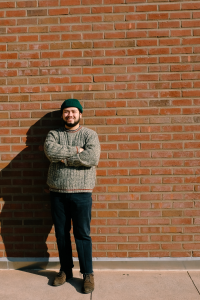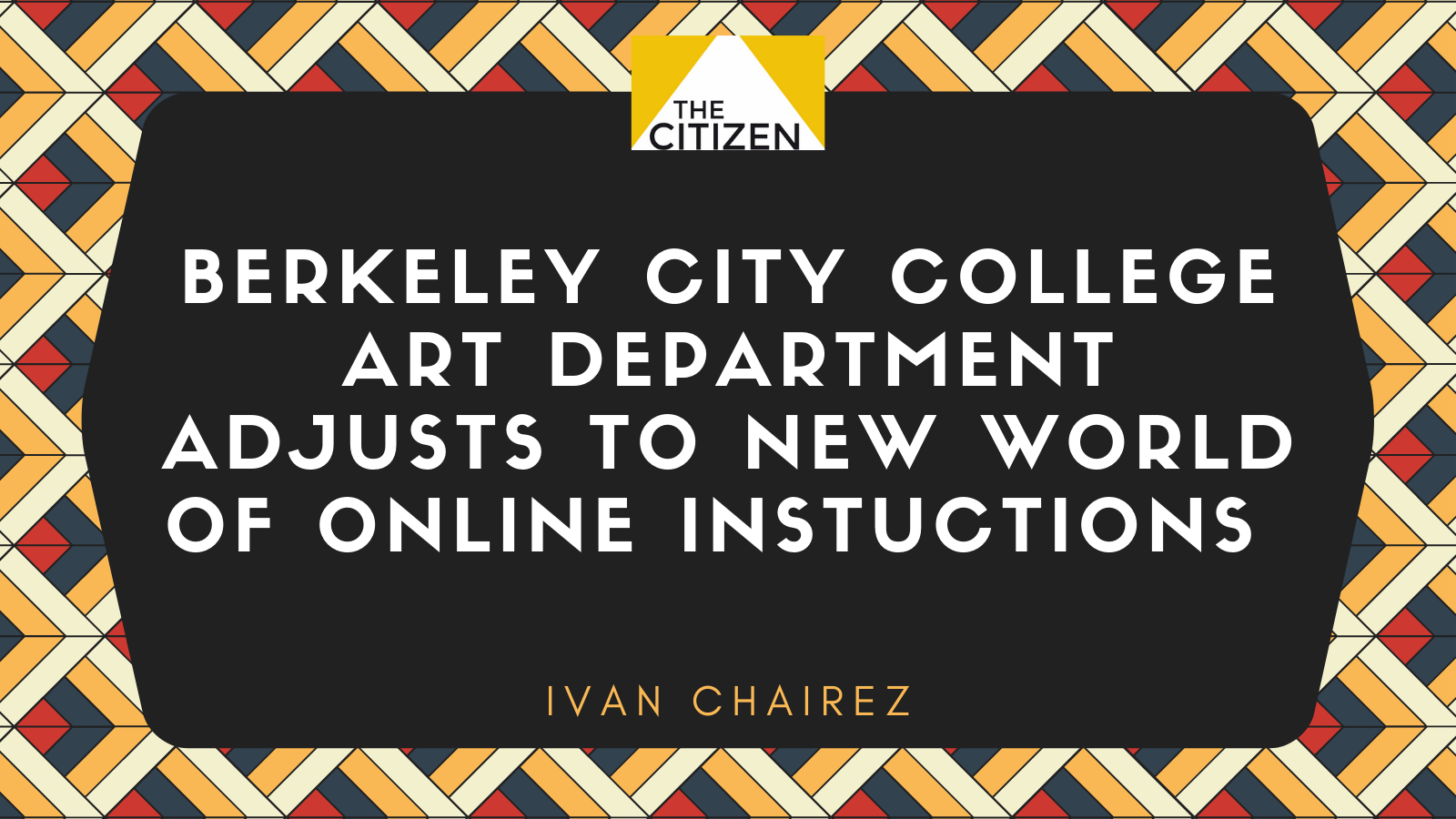
Berkeley City College Studio Art Instructor, Lisa Rybovich Crallé has been teaching for about 11 years, and it wasn’t until March of last year that she taught her first online course. Crallé now teaches a variety of courses such as 3D visual design, figure drawing, and drawing – all online.
“It’s a really different experience teaching online,” said Crallé. “The students have been so awesome throughout this whole process, really being supportive and understanding that we as instructors are learning as we go, and are doing the best that we can.”
Crallé also manages the Berkeley City College Art Departments Instagram, using the platform to showcase students’ art, exhibition opportunities, and department related information.
“We as instructors are learning as we go, and are doing the best that we can,” Crallé said.
Crallé pointed out the inability to read students’ body language, and executing art concepts as obstacles that have hindered her teaching. An issue that she mentions is the loss of detail, and how difficult it is for her and the students to be able to project things such as the weight, volume and mass of an art piece or model.
“Those kinds of subtleties are a lot harder to communicate through video,” Crallé said.
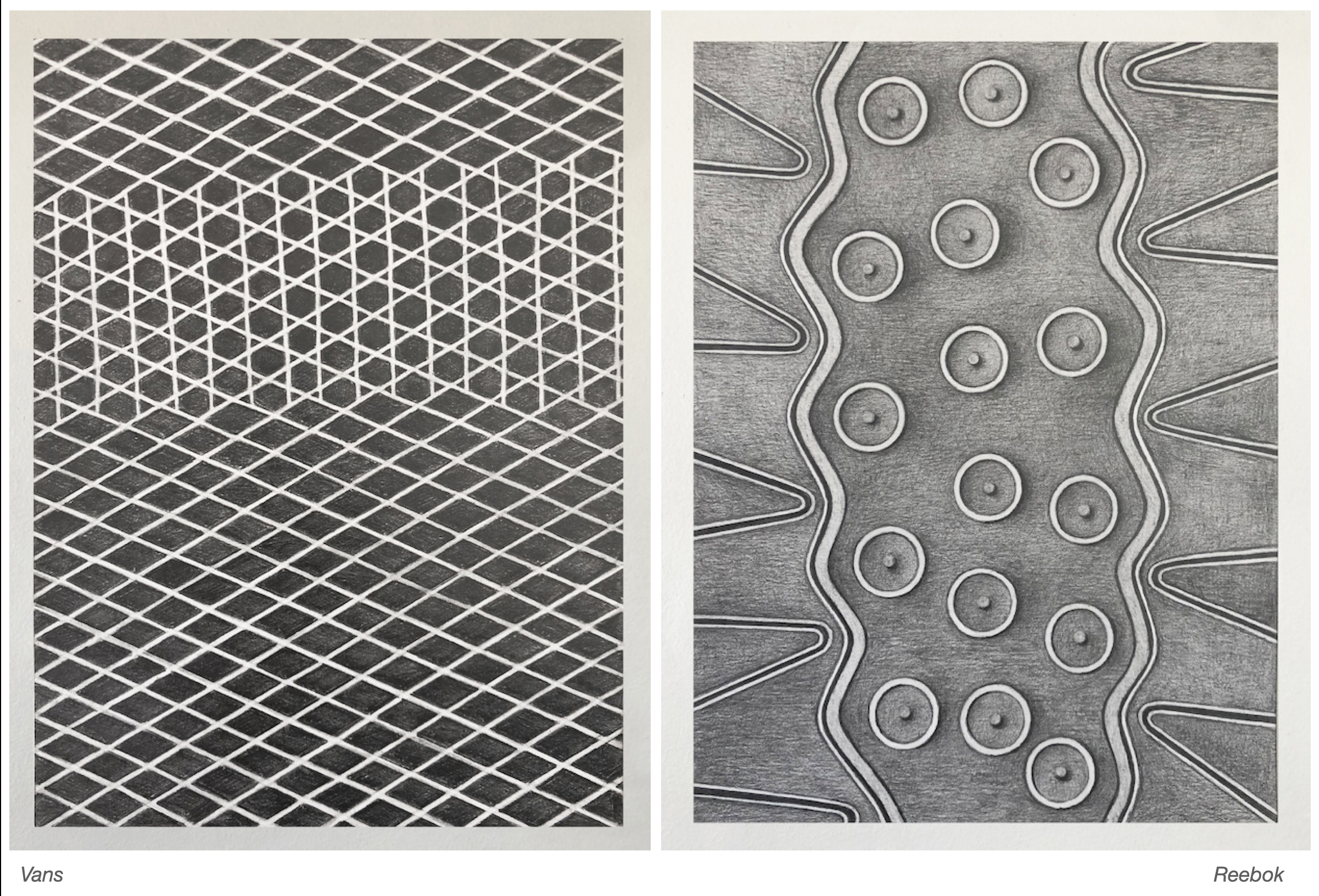
Many of the classes she teaches are tied to the way objects take up space, and being able to sculpt or draw that object in order for it to look real is more difficult now, she says, because you are looking at something through a small pixelated window.
“Drawing a model who’s just in a little box on your laptop, tablet or phone. There’s just so much information being lost and that whole idea of three dimensional space, and volume is kind of a joke, because everything becomes flattened through the screen,” Crallé said.
Erin Paxson (they/them), a student taking both animation and studio art classes at Berkeley City College to earn their animation certificate, shares the same frustration. Paxson mentioned the only way they have been able to share artwork is through online lectures. One of their concerns is how difficult it is to see other people’s art, and how the art process of something being made is lost.
“With art sometimes it’s hard to see the scale of things and the texture of things,” Paxson said. “You see what you see, and then you respond in a slightly different way, because of the way that you’re able to see that piece of work.”
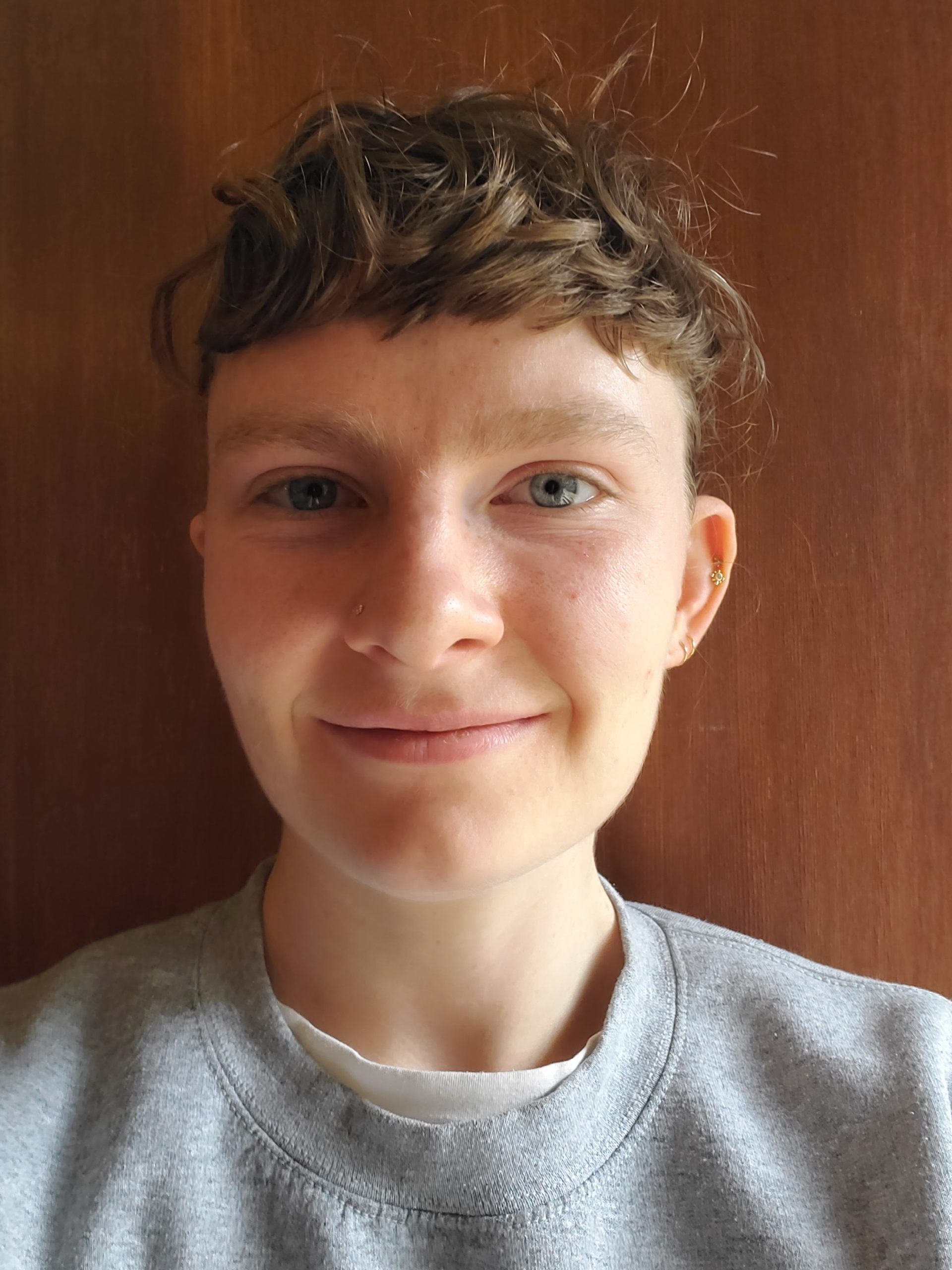
Crallé was also concerned for students who might struggle to find supplies and may experience spatial constraints in their homes. Pre-pandemic, she would put together a kit that was required for the class.
“The students would just show up at the art store, give them their name, and then pick up the kit and have everything they needed,” Crallé said.
Post-pandemic, she has just suggested materials for students. She mentions how she’s been trying to keep material as cost effective and accessible as possible. She talks about how it’s been fun to see students experiment with materials they have around their house and how both art instructors and students are able to think of ingenious solutions to the problems they face with distance learning.
“I’ve been trying to encourage my students to think creatively. If they don’t have access to certain kinds of material that we’re working on in class, what can they find in their home that might be able to have a similar kind of effect?” Crallé said.
“I’ve seen some of my students do really amazing things like use food or unexpected things in lieu of supplies.”
Crallé’s students mention how they don’t feel as if all eyes are on them when they are creating art, and how a public setting would inhibit them from experimenting and using new techniques.
“That need to get creative does turn into you,” Paxson said. “There is a different dynamic than if you’re creating art in a public space in a classroom with lots and lots of other people.
”When you have the privacy, you get all the comforts of your own home.”
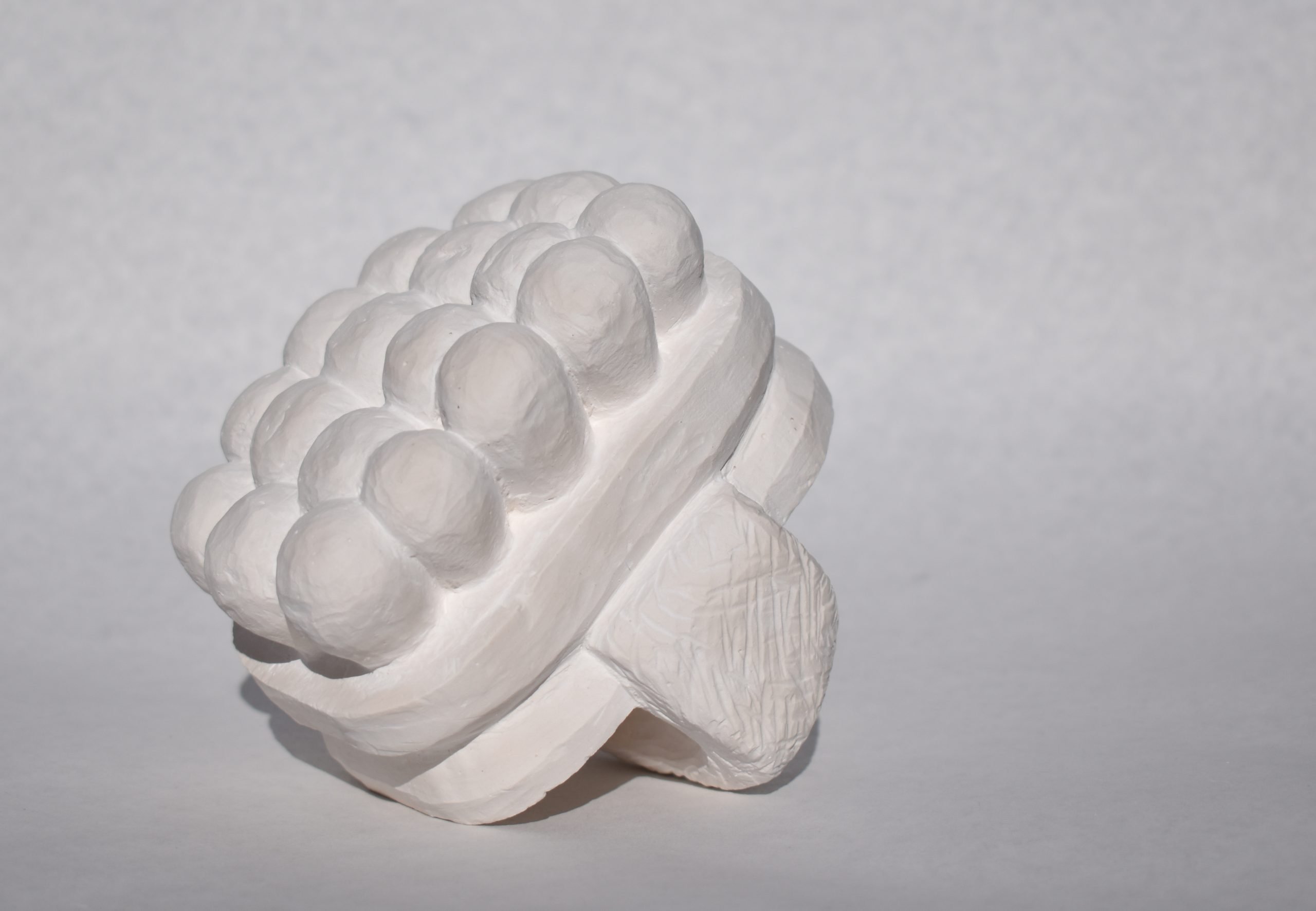
Crallé mentions how she tries to think of this positively by seeing this as a creative exercise for her students, and how there are amazing things about being able to re-envision the way people are able to make art, collaborate and form communities through the internet. Things that would have normally been defined by relative closeness in a space.
“There’s something pretty exciting about redefining what we mean by community, proximity and collaboration,” Crallé said.
Another silver lining Crallé notices is the opportunities that remote learning has opened up. She mentions how some students are able to take classes that they normally wouldn’t have been able to take because of the commute, scheduling or time. She believes that although online learning has its cons, it’s also made certain things inclusive and more accessible.
“I have students who are logging in from really far away, and others who have mentioned that they had always wanted to take an art class, but they couldn’t because of their work schedule, or because of whatever reason, they couldn’t make it to campus,” Crallé said.
Abyssinia Gibson is one of those students. She couldn’t see herself taking more than three classes if they were in person, because of her scheduling. Gibson mentioned how she feels very content with being able to take 3D visual design online.
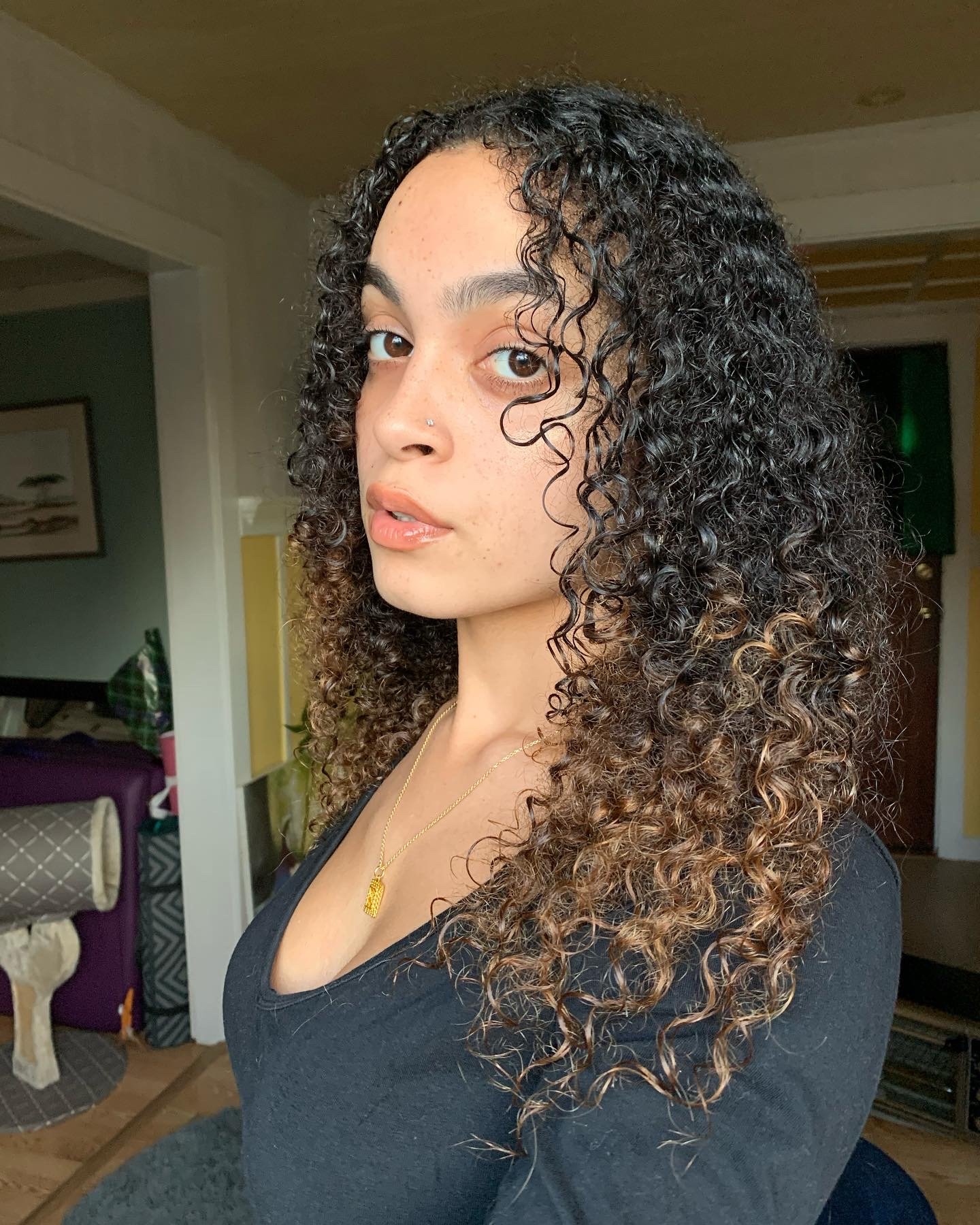
“I’m in my own space so I feel it’s definitely boosted my productivity in that aspect,” Gibson said. “It is perfect for me because I can do everything that I need to in a day without losing the time.
“It’s what I’ve been waiting for. I’m able to take five classes now when before I was only able to take three.”
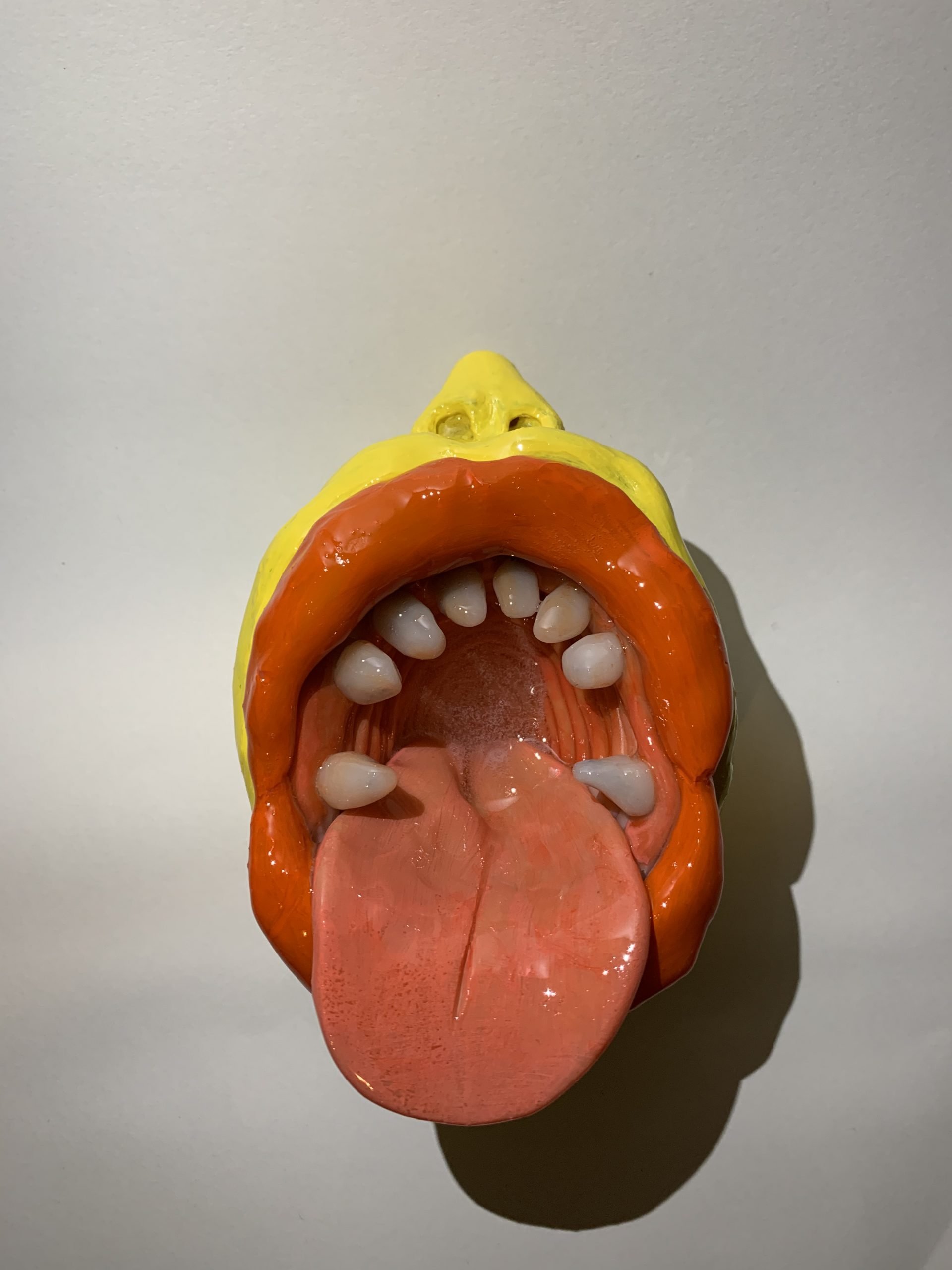
“I think the pandemic has really changed education forever, and it has come with a lot of serious challenges, but also silver linings,” Crallé said.
The pandemic has opened up a unique opportunity for students: they are able to take classes that they wouldn’t have normally been able to take if they were in person.
As people begin to get vaccinated and institutions start to allow in-person classes, the stymie of accessibility may be a deterrent for some students in the future. But for now can enjoy the freedom of taking a class in the comfort of their own homes.


























